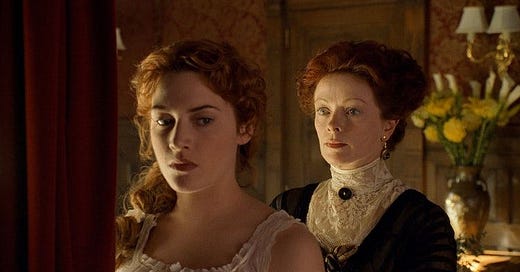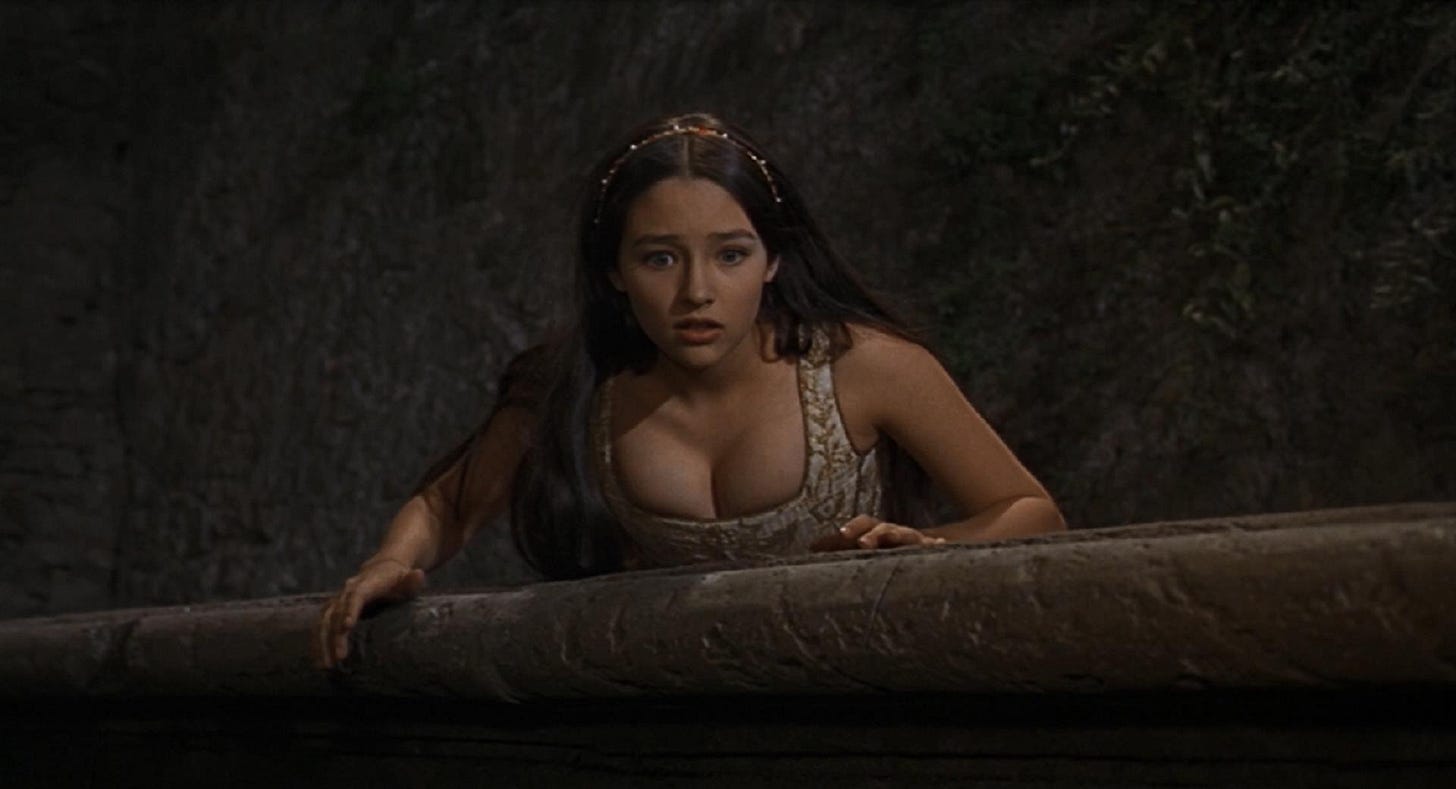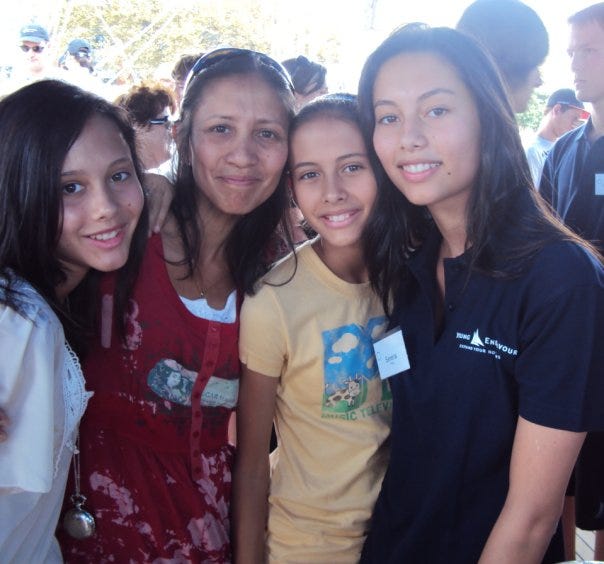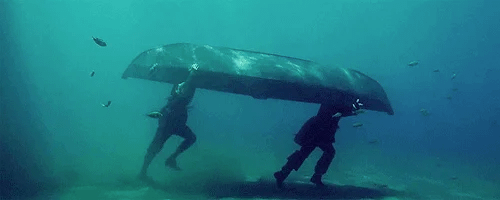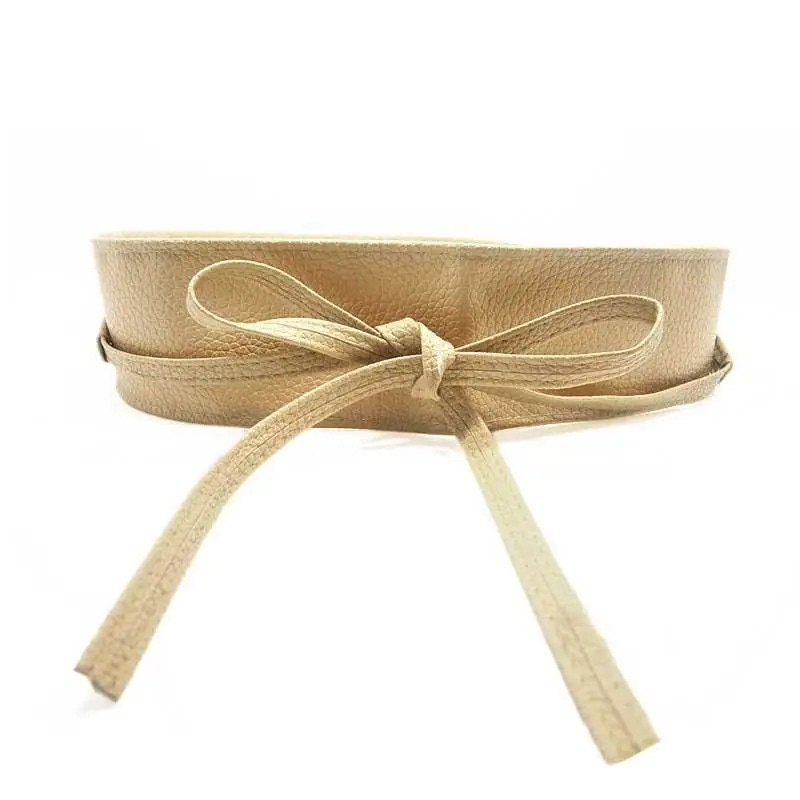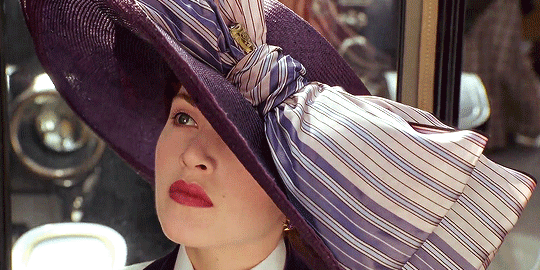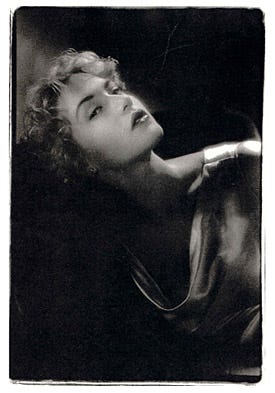Growing up in a small Australian town — surrounded by bushland and all the kangaroo roadkill you could swing into your ute — film offered a precious form of escapism, the way I’m sure did for other kids who grew up in a place that seemed disconnected from the rest of the world, or the world they longed to be part of.
Film was more than a source of entertainment for me. It was a cultural education; a means to absorb trends, style, and behaviours, by osmosis. This cultural diffusion was often severely delayed due to the isolated nature of Australia, a phenomenon catalogued by data reporter Nick Evershed in 2014. For example, Cloudy With a Chance of Meatballs II was released in the US on September 27, 2013, and released in Australia on December 5, 2013, a full 10 weeks later. As you can imagine, the effect this had on my teen psyche was catastrophic.
The education that film offered me went beyond trends. Most of what I came to understand about gender, and the performance of it, originated from the movies I watched as a young girl. A handful of films, and their portrayal of women, have been seared into my mind. These films don’t slot neatly into a particular genre or era. Rather, they share a common trope: the Heaving Bodice Femme.
When I was young, films like Pirates of the Caribbean and Van Helsing, taught me that I was a worthless little shit unless I could figure out how to a) obtain bosom and b) make that thing heave. As I watched these films with a mind as porous as a granules of cat litter, I longed to be a Heaving Bodice Femme. I wanted to be both victim and victor, to wear a breath-restricting corset a pirate would need to cut me out of, to wear one while annihilating vampires alongside song and dance man Hugh Jackman.
Often, in scenes which involve a character wearing a corset, or being laced into one, the corset isn’t just a piece of wardrobe, it’s a visual language that conveys a woman’s fight for autonomy and self-expression in the face of traditional gender roles. The act of lacing into a corset can symbolise the rigid constraints placed upon women, both physically and metaphorically. Of course, I’ve arrived at this interpretation after half an English degree and after spending too much time with a film director, but back in my younger years when I saw the Heaving Bodice Femme, I thought, woah, they some tiddies.
Much of my understanding of stereotypical, traditional notions of femininity — for example, one should always keep a ginormous Victorian candle by one’s bedside if one wishes to cast an atmospheric glow across one’s visage for late-night gentleman callers — came from these movies. So, to better understand the influence these portrayals had on my young ‘n’ supple brain, I’m going to rank them. Because to affix a numerical score to a woman is to empower her!
In this instalment of this 100% weekly gazette, each Heaving Bodice Femme is going to be given a “pulsation score”, where 0 = legally dead and 10 = considerably agitated. Let’s begin.
Juliet in Romeo & Juliet
I’m a Baz Luhrmann girly from way back, but my favourite film adaptation of Romeo and Juliet is the one by Franco Zefirelli. No shade to Gnomeo and Juliet. Zefirelli was an Italian film director in the 1960s, so I’m not even going to look at what I imagine is a robust ‘Controversy’ section of his Wikipedia page. What I know for sure is that his film was faithful to the text while still managing to be subtle and full of youthful yearning — and so much of this is owed to Olivia Hussey’s emotive bosom.
I remember being captivated by Hussey’s performance. I was 14 and had never been in love with a boy. I was struck by her intense curiosity about her new love, her quiet confidence in her physical beauty, and of course, the balcony scene. I had recently completed puberty, only, I had no boobs to show for it. I was at some point promised there would be boobs. So, seeing Hussey, who was 15 at the time of filming, made me feel like there was hope for me yet. But the balcony scene had a larger impact on how I perceived my body.
In Hussey’s depiction of Juliet, I recognised what I believed to be the epitome of femininity — a full, heaving bosom. I remember the magazines, reality TV shows, and thinspiration Tumblr accounts of the 2000s insisting that I was to be impossibly lean, to prioritise the emphasis on protruding hip bones and bird-like clavicles. At the same time, I’d watch films like Zeffirelli’s Romeo and Juliet and think… ffs, I’ve got to look like this, too? I found myself equating this portrayal of femininity with one’s capacity to receive love and affection.
The heaving bosom on the balcony also became wedged into my memory because it was the embodiment of being a girl between two worlds. Juliet’s naiveté, paired with her womanly chest, felt like she was in the space between the carefree innocence of youth and the thrill of being a woman who is able to embrace her body and her sexuality in new ways. As a 14-year-old, I wanted to occupy this same space.
It’s not that this journey from childhood to womanhood was all about relinquishing innocence, but in those years, I couldn’t really think about much else. I wanted to experience a physical transformation that was in line with my new mind and new desires. I didn’t want to look like a little girl. I wanted to be the Heaving Bodice Femme on that balcony — ready to be seen, ready to be loved.
(Note: After writing this, I learned that the lead actors filed a lawsuit against Paramount earlier this year, accusing them of sexually exploiting them and distributing nude images of adolescents. The film included shots of his behind and her breasts, which they didn’t consent to being included in the final edit.)
Pulsation score: 7/10 — the bodice gives a beautifully naturalistic performance. The corsetry is doing a lot of the heavy lifting, and there is less deliberate heaving than in other films.
Anna in Van Helsing
When I was 13, I decided that for Halloween, I was going to dress as Van Helsing’s Anna Valerious. (Valerious was a close ally of the titular vampire hunter.) I had already found a peasant blouse, knee-high boots, and a waistcoat that could double as a belted corset. I even had one of those 7-in-1 hair stylers by Conair, so I could create some crunchy spirals for the night.
When my sisters and I were chatting about what we might wear, I let them know my plans. Tizzy, my eight-year-old sister, immediately turned to me, saying: “O sister, with what tits, prithee?” or something to that effect. Then I clapped back with this devastating retort: “Uh, well, um, you know, since puberty, my bewbs are like, half? the cup size of Kate Beckinsale’s." (Tizzy is the youngest of my three siblings, but has always been the one who can make me cry with very little effort.) My mum’s turn was next. While she handled my announcement with more kindness than my sister, she couldn’t help but release one of her patented cackles.
While the film Van Helsing had little bearing on my child psyche, my family’s response to my Halloween lewk did. To me, I felt like I had been through a monumental change that year. I had gone through puberty, grown hips overnight, and had one of my friend’s older brothers refer to me as someone who “could be pretty one day.” I felt like there had been this seismic shift in my development, that I had become more woman than child. But after my family’s reaction, I realised that I had got a little ahead of myself. I was reminded that Anna Valerious was a woman, and I was still a child.
Pulsation score: 8/10 — the Heaving Bodice Femme takes centre stage, particularly during the fight scenes with Dracula’s Wife (3.12)
Elizabeth in Pirates of the Caribbean
After The Addams Family, Pirates of the Caribbean was the second-most transformative film in the scheme of my sexual awakening. I was dead horny for Keira Knightley, Orlando Bloom, Johnny Depp, and maybe even the weathered hull of the Black Pearl. I saw the movie three times at Tuggeranong’s Limelight cinemas — I could not get enough. I was also obsessed with the physics of dragging a small canoe underwater to create some kind of chamber of oxygen.
When I watched the fainting scene in Pirates, it was the first time I understood that certain measures of traditional femininity could cause harm, or even death. Despite this, the impact a corset could have on one’s appearance still appealed to my child brain. I had seen Bend it Like Beckham and knew that Keira Knightley, like me, wasn’t booby. Seeing the transformative effect of the cinematic corset in Pirates, taking Knightley from soccer star to the ranks of the Heaving Bodice Femme, made me feel like anything was possible with the right tackle.
Around that time, I would routinely section off my mid-section with a Supre wrap belt to achieve a more ‘womanly physique.’ A few of you will know exactly what I’m talking about here. Yes, these fuckers:
In the year of our lord 2023, I would never willingly wear a corset or any kind of restrictive accessory. Even if I become a burlesque performer by the name of Serena von Squeeze (no joke, I'm trying my very first burlesque class tomorrow!). With age, and the onset of a daily tendency to bloat, I have gradually rid myself of many, but not all, attachments to traditionally feminine structures, including heels and daily/weekly hair styling. Still, there’s no denying that during my formative years, these cinematic depictions of femininity held me in a vice grip, leaving an indelible mark on my perception of my body and my self-worth.
Pulsation score: 8/10 – Knightley has long been a master in conveying emotion in isolated parts of her body, like her chin, and as you’ll see in Pirates, her décolletage.
Rose in Titanic
The corset-tying scene is in many ways, a cliché. But it never gets old. This simple act of dressing offers a character-defining session of friendly intimacy. It’s often a time when secrets and revelations are shared, sometimes between handmaiden and noblewoman, like in Pirates. The most famous bosom scene in Titanic is when Rose is sketched by Jack, but the corset tying scene is pivotal: it symbolises everything Rose stands to gain by marrying Billy Zane (and his permanently lined lids), and everything she stands to lose.
In earlier scenes in the film, Rose’s outfits involve a corset, including the black lace dinner dress and white boarding suit ft. jumbo hat. By the end of the film, she’s wearing the less-restrictive, free-flowing lilac dress. This transition showed that discovering herself and exercising her autonomy involved physically shedding her corset, and in turn, the forces that control her.
In Titanic, the Heaving Bodice Femme feels like a trope to reject and rebel against. While I didn’t feel this way in earlier viewings — I was six when the film was released — it took on a different meaning in my late teens, when I was starting to unpack the lessons of femininity that had been dished out to me by my parents, school, the media, and popular culture.
Everyone’s favourite moments of Titanic are fairly similar: the hand in the foggy automobile, when she reunites with Jack by the clock in her dying dream, the Welsh guy asking if anyone can “heyaw” him. For me, the best moment is the revelation that Rose lives a full and intrepid life.
Every time the camera pans across the photos of all the things Rose got to do after the sinking, I start to cry. Once she breaks away from the corset-tying hands of her mother, and her arranged marriage, she’s free to carve out the life she truly wants, and this includes becoming a glamour model, flying a plane, and catching a really big fish.
Perhaps it’s too speculative or narcissistic to say, but when I die, surrounded by thousands of my nieces and nephews and also, stunning analogue prints of my One Wild and Precious Life, I hope that it’s clear that like Rose, I wasn’t a woman who shrunk herself.
Pulsation score: 10/10 — Winslet presents a masterclass in bodice acting. This is particularly noticeable during the corset lacing scene when Rose turns to her mother, who is in the process of guilt tripping the shit out of her into marrying Billy Zane (“Do you want to see me working as a seamstress? Do you want to see our fine things sold at an auction, our memories scattered to the winds?”).


